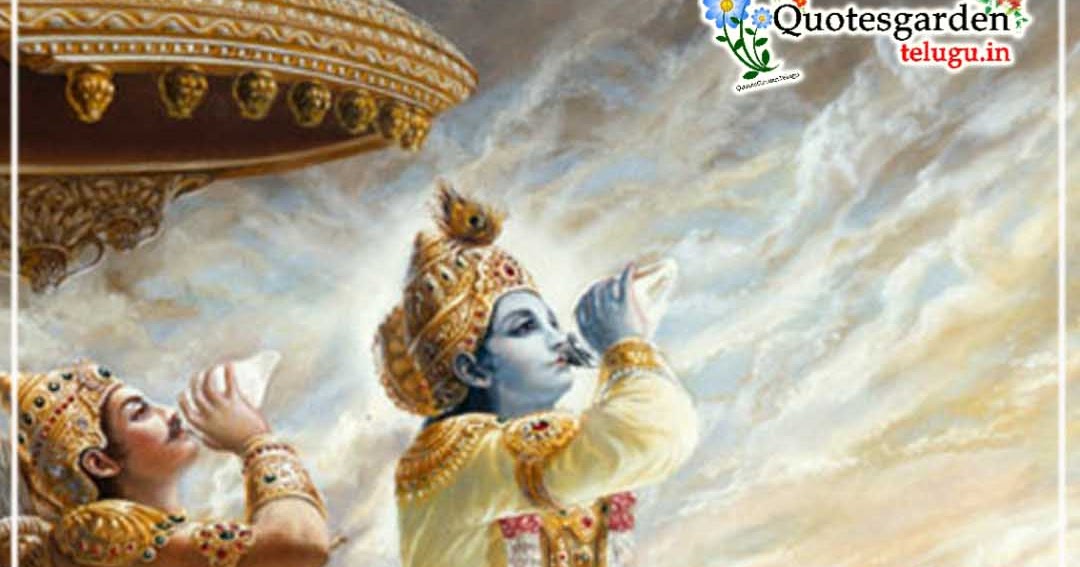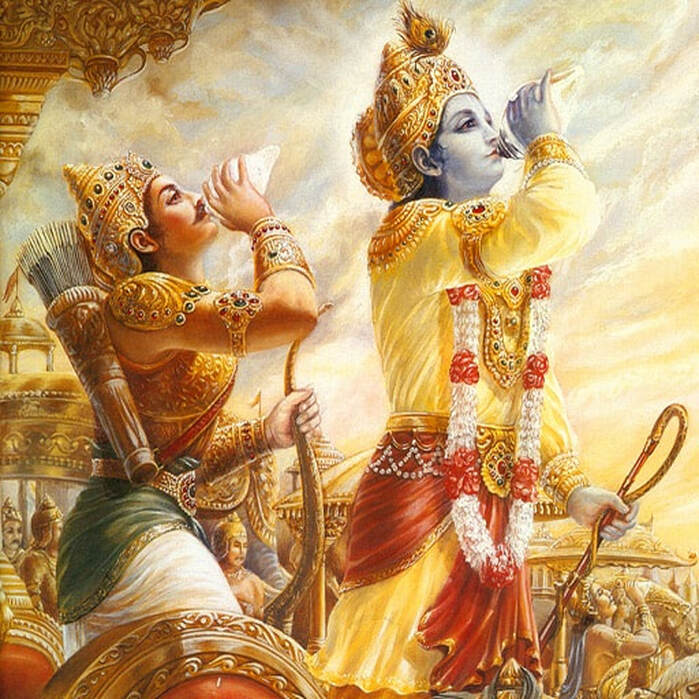


Through Ishvara’s grace, we will make progress in our spiritual journey. This will enable us to transcend the machine of maaya in which we are trapped. Seek Ishvara, surrender to Ishvara, take refuge in Ishvara, submit all actions and enjoyments to Ishvara. Knowing that the state of monkhood is quite far away for most seekers, Shri Krishna restates the teaching which is appropriate for most spiritual seekers. When seekers reaches this stage, they engage in a life of monkhood, enabling them to contemplate upon the nature of the aatmaa, the self, and remain devoted to that knowledge, which is known as jnyaana nishthaa, the final stage in the spiritual journey. By engaging in our duty and offering our actions to Ishvara, we purify our mind of all selfishness, and reach the state of jnyaana nishthaa yogyata, qualification for devotion to knowledge. Self analysis of our mental makeup enables us to select our duty towards society, which is broadly classified as brahman, kshatriya, vaishya or shoodra.
Srimad bhagavad gita slokas meaning free#
This conclusively proved that no one or nothing is free from the effect of the three gunaas.Īfter explaining the power of the gunaas over our lives, the system of analyzing our mental makeup, the varna system, was explained. These three, as well as intellect, fortitude and joy, were each categorized as sattvic, raajasic and taamasic. He then analyzed the three factors that compel us to act : knowledge, action and the sense of doership. Next, Shri Krishna analyzed the five factors that are involved in any action : the foundation, the doer, the instruments, energy and divinity. The importance of action was reiterated for those who have a sense of ego, a sense of I and mine. The foremost is sattvic tyaaga where the individual performs his duty and gives up attachment to any personal reward. He then enumerated three kinds of tyaaga based on the three gunaas.

Over 18 chapters, the Bhagavad Gita packs an intense analysis of life, emotions and ambitions, discussion of various types of yoga, including Jnana, Bhakti, Karma and Raja, the difference between Self and the material body as well as the revelation of the Ultimate Purpose of Life.In response to Arjuna’s question about the difference between sanyaasa and tyaaga, renunciation and abandonment, Shri Krishna provided several contemporary definitions of tyaaga. Thus, follows the wisdom of the Bhagavad Gita. So, he surrenders to Lord Krishna, seeking a solution. As both armies stand ready for the battle, the mighty warrior Arjuna, on observing the warriors on both sides becomes overwhelmed with grief and compassion due to the fear of losing his relatives and friends and the consequent sins attributed to killing his own relatives. The Bhagavad Gita is a dialogue between Arjuna, a supernaturally gifted warrior and his guide and charioteer Lord Krishna on the battlefield of Kurukshetra. It is a 700-verse text in Sanskrit which comprises chapters 23 through 40 in the Bhishma-Parva section of the Mahabharata. Bhagavad Gita, also known as the Gita - "The Song of God" is a practical guide to one's life that guides one to re-organise their life, achieve inner peace and approach the Supreme (the Ultimate Reality).


 0 kommentar(er)
0 kommentar(er)
